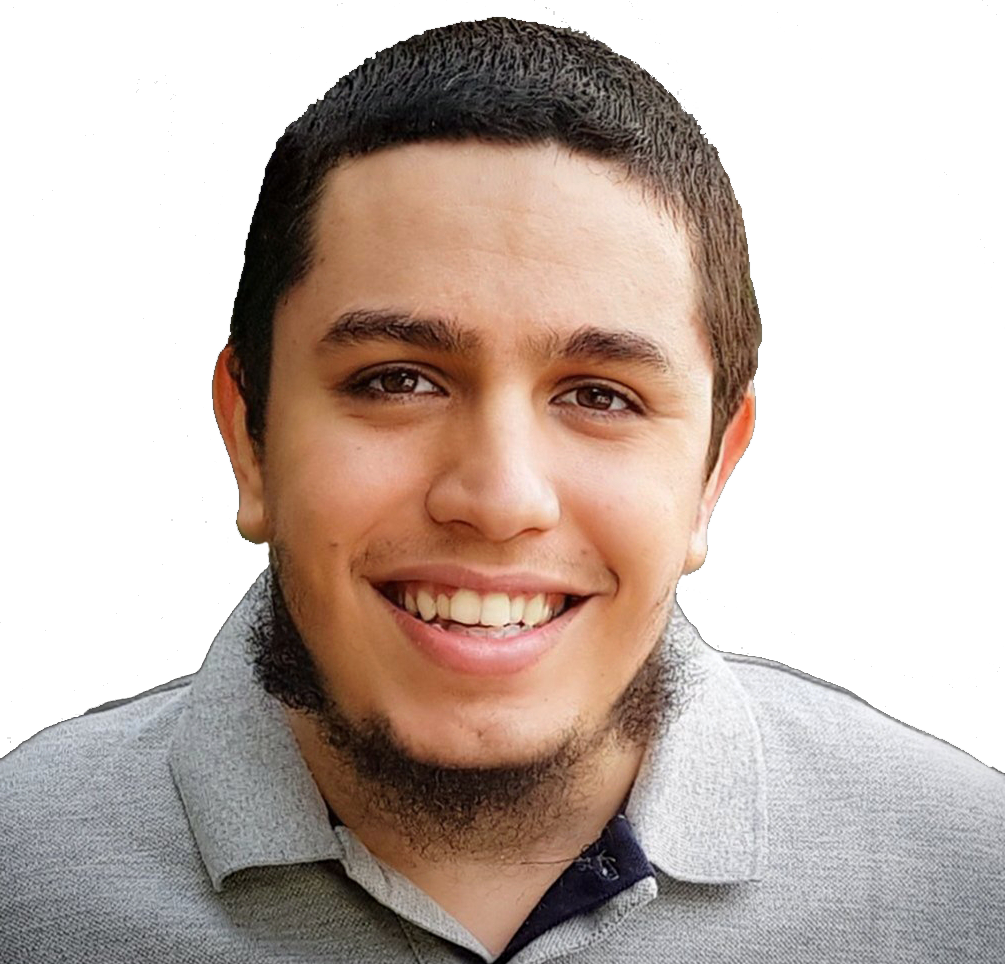|
The additive micromanufacturing technology (µAM), which has been developed by Exaddon, is based on electrochemical deposition; A small printing nozzle, called an iontip, is immersed in a supporting electrolyte bath. A precisely regulated air-pressure pushes the metal ion containing liquid through a microchannel inside the iontip. The liquid flow is very small and can be as low as femtoliters per second. At the end of the microchannel, the ion containing liquid will be released onto the surface. The dissolved metal ions are then electrodeposited into solid metal atoms. These metal atoms are growing together into small building blocks, so called voxels. Optical force feedback registers the completion of each voxel until all voxels are printed and the complete object is constructed. The electrochemical printing process takes place at room temperature. The process leads to very high-quality metal structures that do not need any post-processing, they are immediately ready for their application.
The acting forces on the iontip can be measured optically and used as feedback. This allows to detect which voxels of the object have already been printed. This optical force feedback provides real-time process control. The following video explains the process: |
Facebook:تقنية التصنيع بالإضافة المايكروية (µAM) - مبدأ الترسيب الإلكتروميكانيكي |
|
0 Comments
Leave a Reply. |
Eng. Rami KhalilMechanical Design and Production Engineer. Archives
September 2019
Categories
All
Facebook:Youtube: |

 RSS Feed
RSS Feed